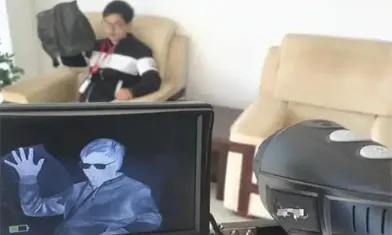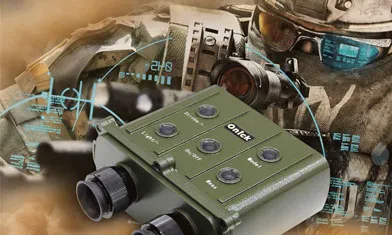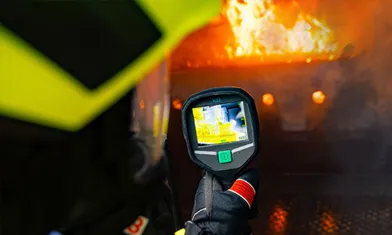Thermal Imaging Camera Manufacturers Create New Tools For Smart Cities
Infrared thermal imaging technology captures infrared radiation from objects to generate thermal images, providing a non-contact monitoring solution for smart cities. Leveraging its proprietary infrared chip technology, Onick Optics is promoting innovative applications of this technology in scenarios such as power inspection, building energy conservation, and public safety, contributing to the upgrading of urban management with greater cost-effectiveness.
Infrared thermal imaging technology is becoming a crucial tool in smart city development. This non-contact temperature measurement and imaging technology converts infrared radiation emitted from an object's surface into a visual thermal image, providing a new perspective for urban management. As a leading company in this field, Onick Optics's independent R&D expertise in infrared chips is driving the innovative application of this technology in urban settings.
1. Working Principle of Infrared Thermal Imagers
The core of an infrared thermal imager is the detection of infrared radiation emitted by an object. All objects with a temperature above zero continuously emit infrared radiation, the intensity of which is directly related to the object's surface temperature. Using specialized optical systems and detectors, thermal imagers capture this invisible infrared radiation and convert it into a temperature distribution image. Different temperature zones are displayed in different colors, allowing the observer to intuitively identify temperature differences. Onick Optics leverages its proprietary infrared chip technology to achieve optimal cost control while maintaining performance. This technological breakthrough paves the way for large-scale urban applications.
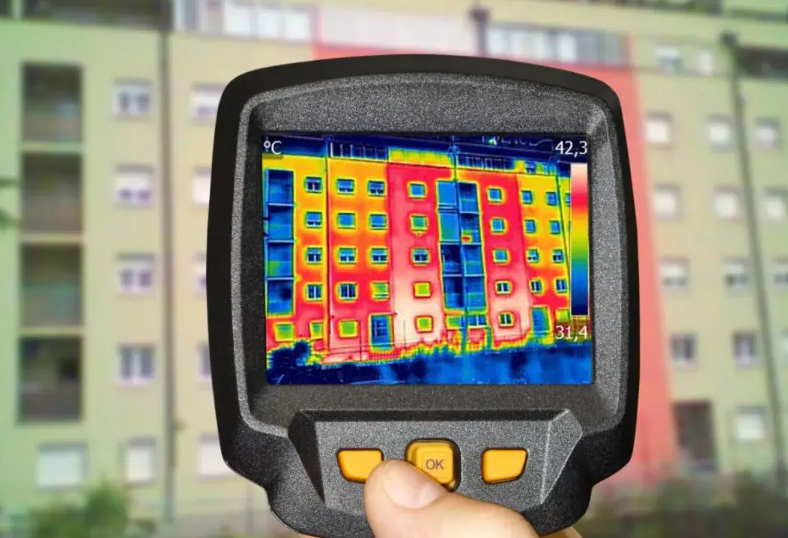
2. Typical Application Scenarios in Smart Cities
For power system monitoring, thermal imagers can remotely detect temperature anomalies in transmission lines and substation equipment. Electrical equipment can generate abnormal heat when it experiences poor contact or overload. Regular inspections can help identify potential faults in advance. Compared to traditional manual inspection methods, thermal imaging technology is more efficient and safer.
For building energy conservation, thermal imagers can quickly identify heat loss points within a building. By scanning exterior walls, doors, and windows, weak insulation areas can be visually identified, providing a scientific basis for energy-saving retrofits. This inspection can be performed without damaging the building structure.
For urban public safety, thermal imagers play a role in temperature screening in crowded places. In specific environments, they can assist in identifying individuals with abnormal body temperatures, but this requires use in conjunction with other detection methods. This technology can also be used for nighttime surveillance, complementing the shortcomings of visible light cameras.
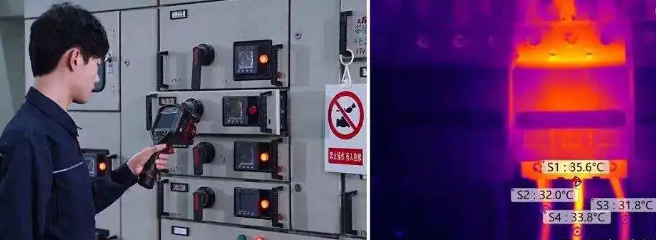
3. Technical Advantages and Innovation Directions
The innovative feature of infrared thermal imaging technology is its passive operating mode. Unlike technologies like radar, which require active signal transmission, thermal imagers only receive infrared radiation emitted by objects themselves, generating no interference or radiation. This characteristic makes them particularly suitable for applications requiring covert monitoring.
onick Optics' product line covers diverse needs, from industrial to consumer applications. Leveraging the advantages of its proprietary chips, its products offer competitive price-performance ratios. The company is exploring the integration of artificial intelligence algorithms with thermal imaging technology to develop even more intelligent analysis capabilities.
4. Usage Precautions
Although infrared thermal imagers are powerful, they also have certain limitations. The reflection of infrared radiation from smooth surfaces like glass can affect measurement accuracy, and environmental factors such as water vapor and dust can also interfere with detection results. In actual applications, appropriate equipment and parameter settings must be selected based on the specific scenario.
Data interpretation requires professional involvement. Temperature differences in thermal images can be caused by a variety of factors, requiring a comprehensive analysis based on on-site conditions to avoid misjudgments. With technological advancements, newer generations of equipment are continuously improving their environmental adaptability and measurement accuracy.
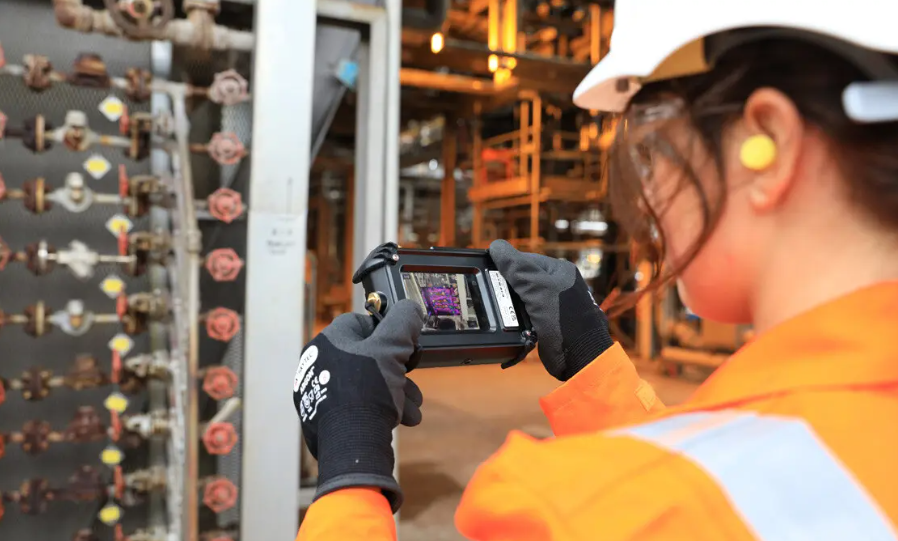
5. Future Development Prospects
With the advancement of smart city development, the application scenarios of infrared thermal imaging technology will continue to expand. This technology has potential applications in areas such as traffic management, environmental monitoring, and emergency rescue. The widespread adoption of this technology will depend on further reductions in the cost of core components and improved ease of use.
onick Optics is driving the development of infrared technology towards smaller size, lower power consumption, and higher intelligence. In the future, more complex devices integrating multiple sensors may emerge, providing even better data support for urban management.
This technology is changing the way we observe cities and providing a new means for urban operations and maintenance. With its increasing application, infrared thermal imaging is expected to become a crucial component of smart city infrastructure. However, its development must adhere to both technical and market principles and focus on solving practical problems.
